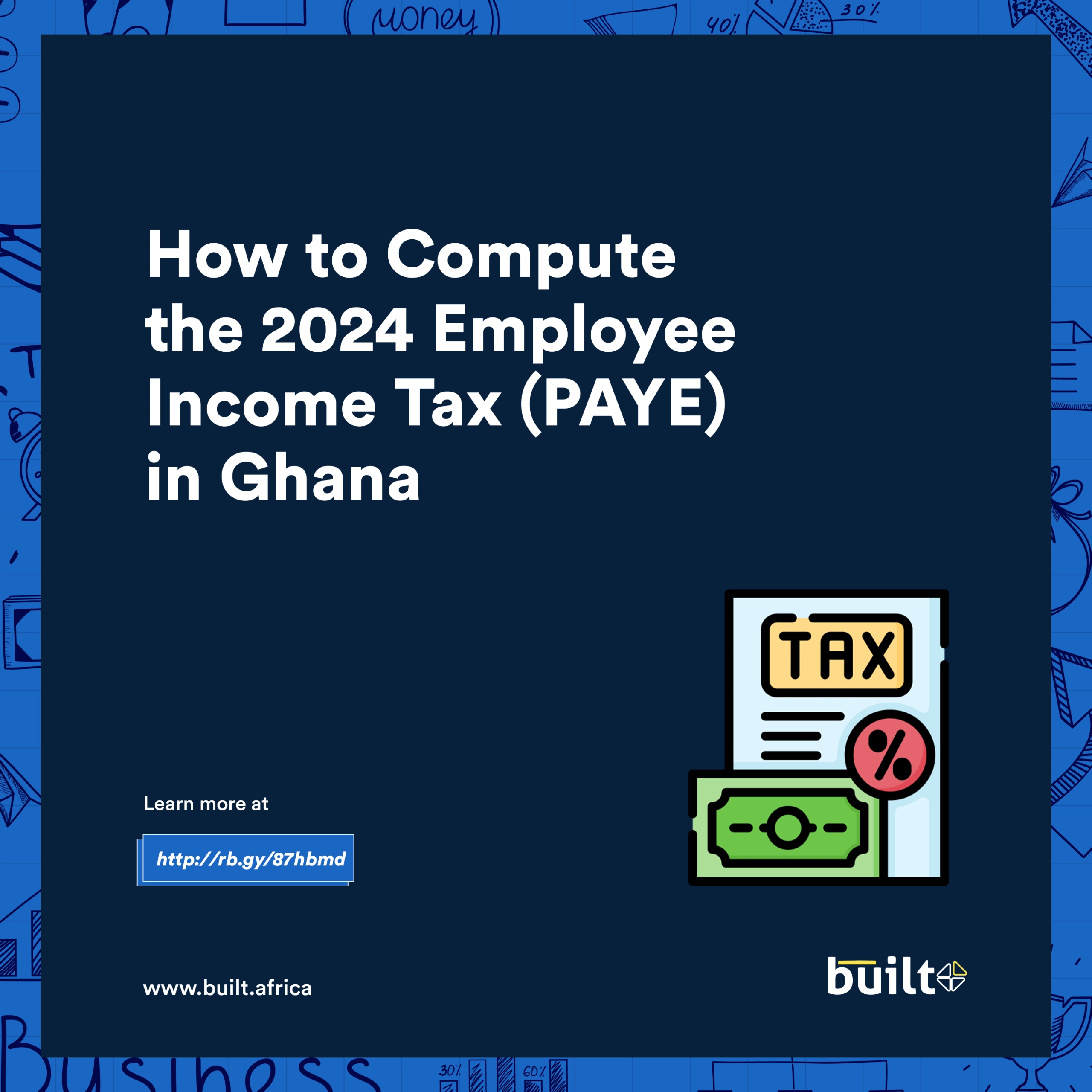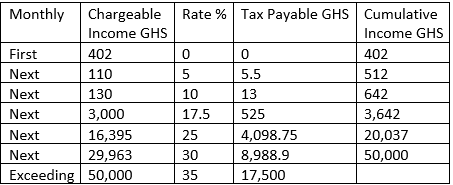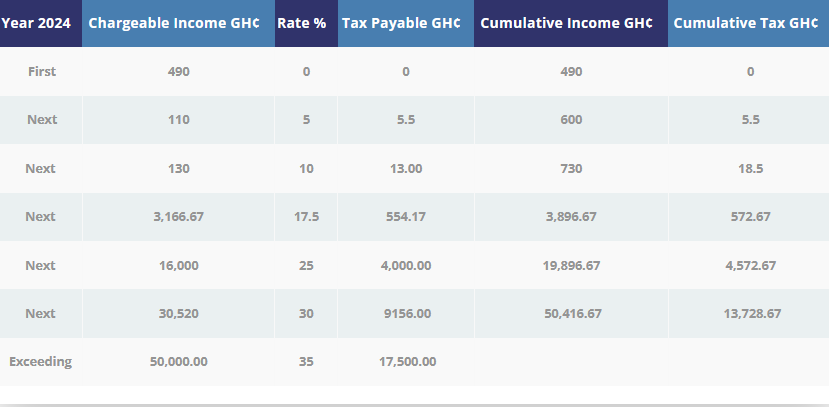
Ghana’s Parliament passed an amendment in December 2023, changing the Income Tax Act. They also added a minimum chargeable income, which might be tied to the rise in the National Daily Minimum Wage. These adjustments are likely to affect Ghana’s economy and workers significantly.
After the amendment was passed in December 2023, the Ghana Revenue Authority (GRA) stated that the new income tax rates and minimum chargeable income would start on January 1, 2024. This means that from that date, Ghanaian individuals and businesses must follow the new tax rules. The new tax rates, along with the higher National Daily Minimum Wage, are expected to impact how much money workers and businesses have to spend.
Furthermore, one important impact of the change in the minimum wage on businesses is that it sets the minimum level for an employee’s taxable income that’s free from tax. So, any money earned as employment income up to this minimum wage won’t be taxed. As a result, whenever the minimum wage changes, the Pay-As-You-Earn (PAYE) tax, which is the tax on employee income, also changes. This tax rate adjustment is something both employers and employees need to consider when planning their finances for the year.
MONTHLY PERSONAL INCOME TAX 2023

As shown above in the table, previously, the tax-free band for one’s taxable employment was GHS 402.00. If someone earned a gross basic income of GHS 1,000.00, they would end up with a net pay of GHS 873.48 after deducting social security contributions (employee) of GHS 55 and PAYE of GHS 71.53.
MONTHLY PERSONAL INCOME TAX 2024

However, with the new rates, the tax-free band for the first taxable income is GHS 490, which is the same amount as the minimum wage. Using the GHS 1,000.00 gross basic income from the previous example, the employee’s payroll figures would be as follows:
Gross Basic Income: GHS 1,000.00
SSNIT (Employee contribution): GHS 55
PAYE: GHS 56.13
Take-home pay: GHS 888.87
In comparison to the previous scenario, the employee’s SSNIT contribution remains the same, but the Pay-As-You-Earn (PAYE) decreases from GHS 71.53 to GHS 56.13, resulting in a higher take-home pay of GHS 888.87 instead of GHS 873.48. This demonstrates the impact of minimum wage changes on employees’ salaries.
To make it easier for you to calculate your PAYE, we have included a template for the current computation that you can find in the image above. Additionally, we have developed a tax calculator app that you can use to calculate both the current PAYE and the new VAT in Ghana.
If you are looking for automated payroll software with all these changes implemented in it, sign up at www.built.africa and start a 30-day free trial. Check out some helpful posts and join the Financial Revolution now!












No Comments